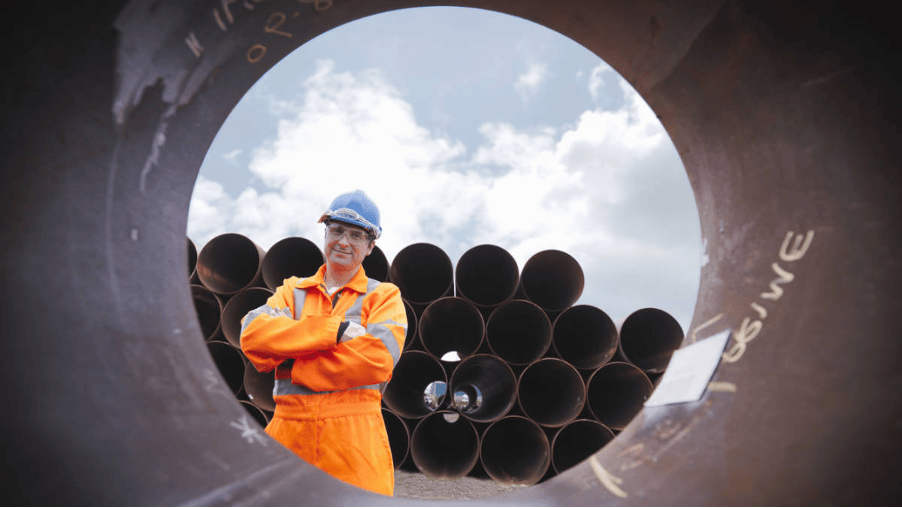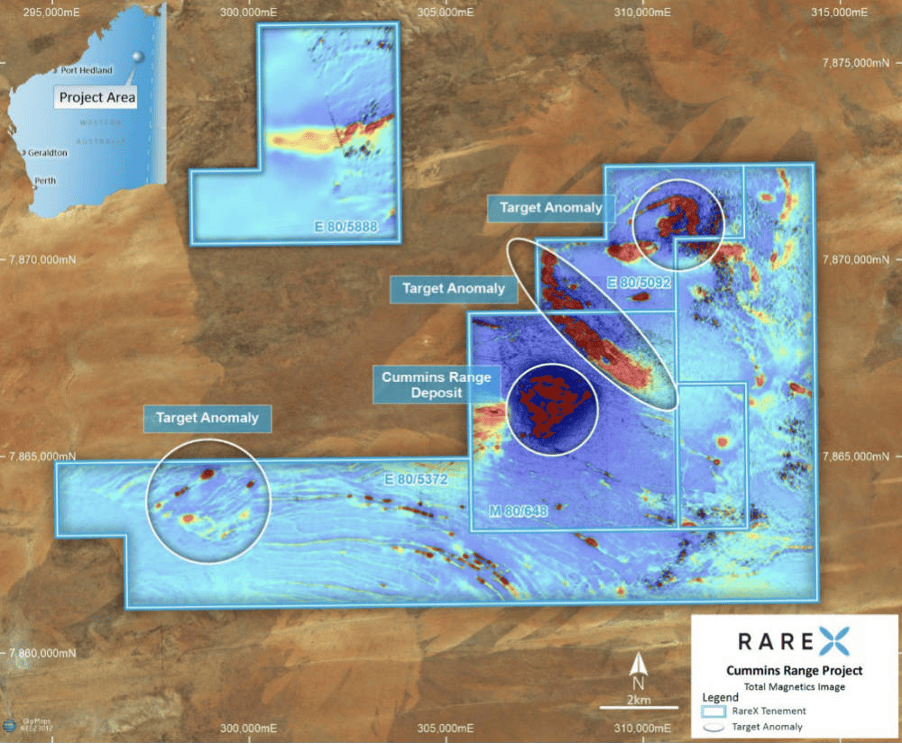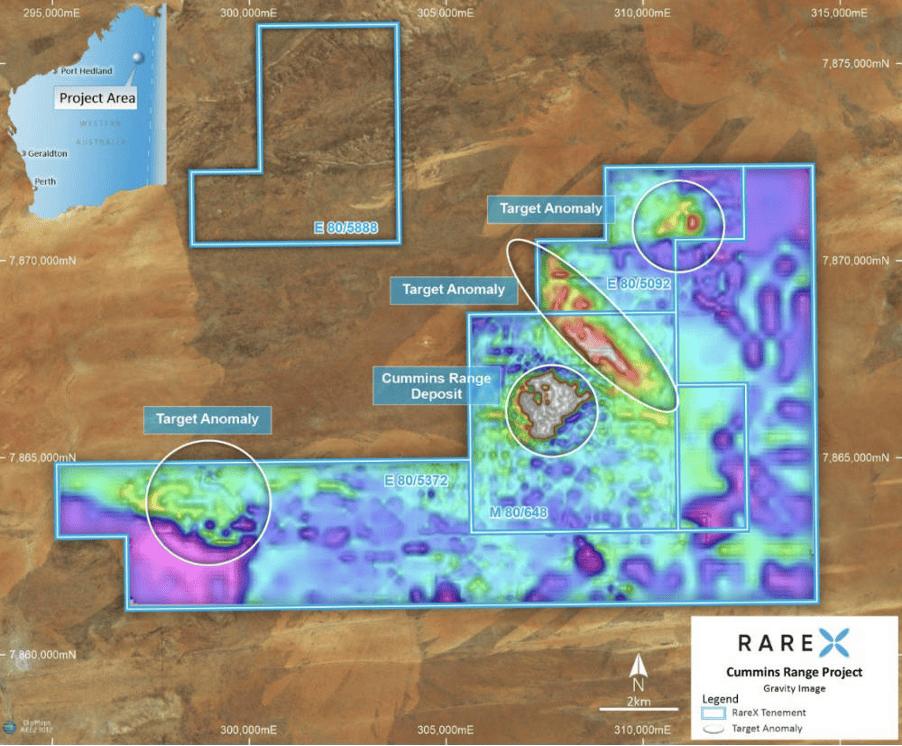There are opportunities for RareX to grow Cummins Range, already Australia’s largest undeveloped rare earths resource

Newly identified ultramafic pipes have magnetic and gravity responses similar to those seen at the Cummins Range pipe. Pic: Monty Rakusen via Getty Images.
- RareX’s magnetic and gravity surveys identified numerous anomalies including potential new ultramafic pipes
- Cummins Range carbonatite is hosted within an ultramafic pipe with strong magnetic and gravity responses
- Data being reviewed to determine key targets for exploration drilling in 2024
Special Report: RareX could grow already significant resources at its Cummins Range phosphate and rare earths project in WA’s Kimberley region after magnetic and gravity surveys identified potential new ultramafic pipes.
Cummins Range is the largest undeveloped rare earths (REE) project in Australia which benefits from having a phosphate dominant overburden material that can be monetised as a direct shipping ore (DSO) material.
This planned, low-cost Stage 1 pre-strip development will see the production of an initial 300,000tpa of direct shipping ore phosphate.
Significantly for RareX (ASX:REE), this will derisk development of Cummins Range, which will produce 550,000tpa of higher value phosphate-rare earth dual mineral concentrate under the Stage 2 beneficiation operation.
The mineral concentrate is expected to contain about 169,000t of phosphate and 12,000t of TREO, enough for 2.5 million lithium-ferro-phosphate (LFP) electric vehicles annually.
REEs – particularly neodymium and praseodymium (NdPr) – are core enablers of decarbonisation and electrification with NdPr being used in the fabrication of high-strength permanent magnets that see use in electric vehicle motors and wind turbines.
Phosphate, traditionally used as a fertiliser, is also seeing increasing use as feedstock for lithium-iron-phosphate (LFP) batteries with the LFP market projected to grow from $10 billion in 2021 to $50 billion by 2028 as more EVs adopt the safer and longer life technology.
Resource growth potential

Recently completed detailed magnetic and ground gravity surveys completed over tenements of E80/5092 and E80/5372 at Cummins Range identified two large ultramafic bodies to the north of the current resource area.
Notably, geophysics defined internal structures and irregularities in the 4km long by up to 1km wide body immediately north of Cummins Range.
These may have been caused by intruding carbonatites similar to the ultramafic pipe that hosts the Cummins Range deposit, which produces a strong magnetic and gravity anomaly in contrasting country rocks of paleoproterozoic granitic rocks and neoproterozoic sediments.
A second pipe-like circular ultramafic body measuring 1km in diameter has been defined 6km to the north of the Cummins Range deposit that also has magnetic and gravity responses similar to those seen at the Cummins Range pipe.
Numerous other anomalies were also identified by the surveys and planning is underway for follow-up exploration programs that will commence in early 2024.

“This is a hugely exciting outcome that provides high-priority targets for follow-up exploration in 2024,” chief executive officer James Durrant said.
“Carbonatites often occur in swarms, with any new discoveries adjacent to the Cummins Range deposit providing strong potential to rapidly expand our existing critical metals inventory.
“The imminent arrival of the wet season in northern Australia now provides the RareXploration team with an opportunity to review all the newly acquired data and plan key targets for drilling in 2024.”
This article was developed in collaboration with RareX, a Stockhead advertiser at the time of publishing.
This article does not constitute financial product advice. You should consider obtaining independent advice before making any financial decisions.
Related Topics

UNLOCK INSIGHTS
Discover the untold stories of emerging ASX stocks.
Daily news and expert analysis, it's free to subscribe.
By proceeding, you confirm you understand that we handle personal information in accordance with our Privacy Policy.








